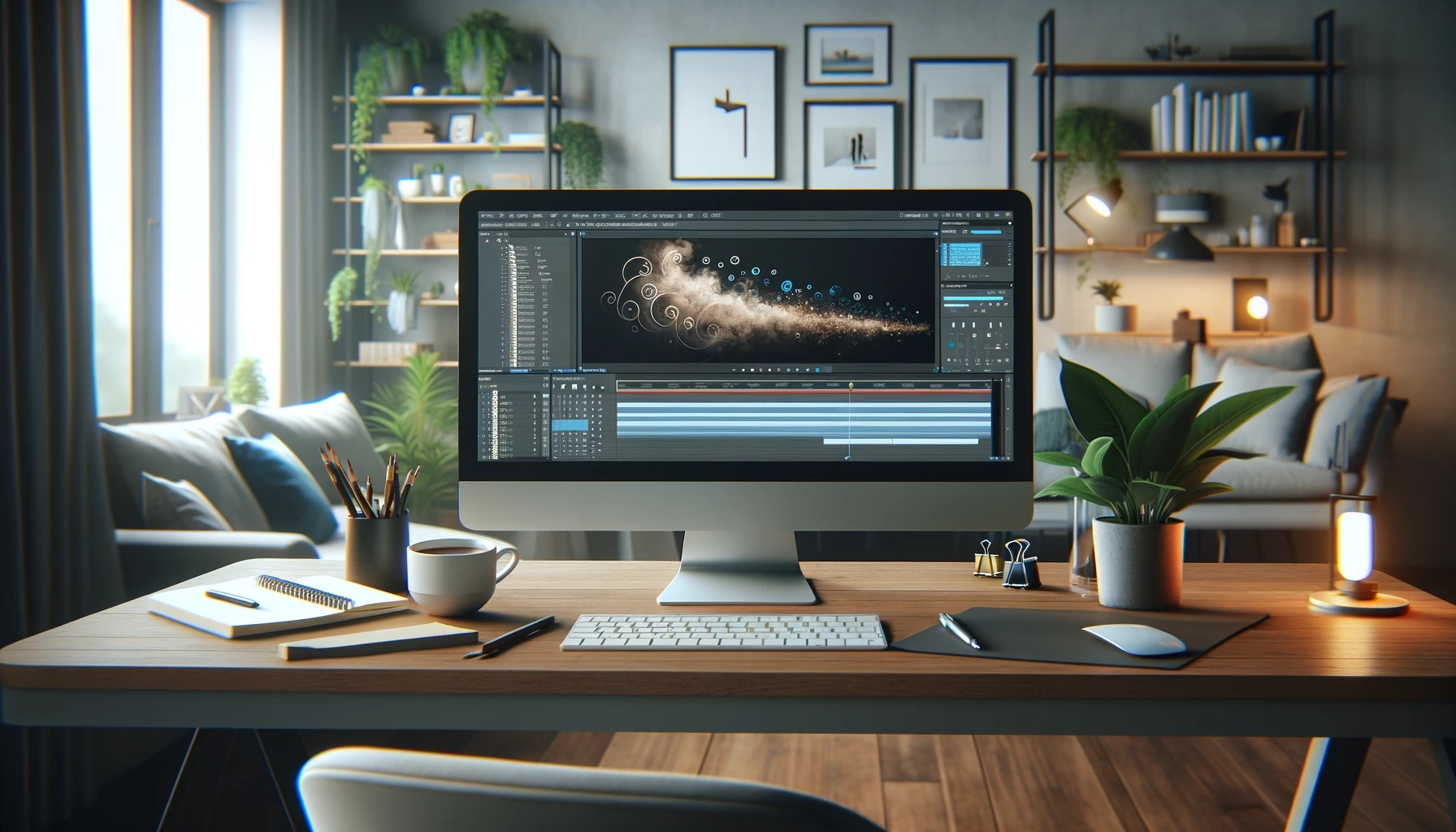How to Create Animated PNG (APNG) Files: A Step-by-Step Guide
By Alberto
Published March 19, 2024
 How to Create Animated PNG (APNG) Files: A Step-by-Step Guide
How to Create Animated PNG (APNG) Files: A Step-by-Step Guide
Animated PNG (APNG) files bring a dynamic element to the traditional PNG format, allowing for richer visual content with the added benefit of transparency. Unlike GIFs, APNGs support full-color images and transparent backgrounds, making them a versatile choice for web designers, app developers, and digital artists. This guide will walk you through the process of creating APNG files, so everyone can embark on this creative journey without any barriers.
Understanding APNG
APNG stands for Animated Portable Network Graphics. It's a file format that builds upon the conventional PNG (Portable Network Graphics) by adding support for animations. APNGs are particularly useful when you need high-quality images with lossless compression and support for transparency in animated form.
Prerequisites
Before diving into the creation process, ensure you have a basic understanding of PNGs and their static use cases. Familiarity with basic animation concepts and image editing software will also be beneficial.
Step 1: Planning Your Animation
The first step in creating an engaging APNG is planning. Consider the following:
- The story or message your animation will convey.
- The number of frames needed for a smooth animation.
- The size and resolution of your images.
- Whether your animation requires a PNG with transparent background.
Step 2: Creating Your Frames
Individual frames are the building blocks of your animation. You can create these frames using image editing software like Adobe Photoshop for detailed artwork or free PNG creation tools available online for simpler tasks.
- Sketch the basic outline: Start with a rough sketch of each frame to ensure consistency in your animation.
- Finalize the details: Add colors, textures, and details to each frame. If transparency is needed, save your files as PNG to preserve the transparent background.
- Export each frame: Save each frame as a separate PNG file, ensuring they're all the same dimensions.
Step 3: Compiling Frames into an APNG
Once you have your frames ready, it's time to compile them into an animated PNG. There are various tools available for creating PNG on Mac and creating PNG on Windows platforms. Here are general steps that apply to most software:
- Choose your tool: Select an APNG creation tool that works best for your needs. This could be a dedicated program or an online service.
- Import your frames: Load all the PNG frames into the tool. Ensure they are in the correct order.
- Adjust settings: Set the animation speed and loop count according to your preference.
- Export your APNG: Compile the frames into an APNG file. Most tools offer the option to preview your animation before saving.
Step 4: Testing and Optimization
After creating your APNG, it's crucial to test it across different platforms and browsers to ensure compatibility and performance. You might need to adjust the file size and animation speed for optimal loading times and visual quality.
- Test on various devices: Check how your APNG looks on different screens, including mobile devices and desktop computers.
- Optimize file size: If the file is too large, consider reducing the number of frames or the overall resolution.
- Validate functionality: Ensure the animation plays correctly and loops as intended across all test cases.
Best Practices for Creating APNG Files
- Keep it simple: Overly complex animations can lead to large file sizes and distract from the message you want to convey.
- Mind the loop: Seamless looping can make your animation appear smoother and more professional.
- Optimize for performance: Balancing quality and file size is key to ensuring your APNGs load quickly without sacrificing visual integrity.
Conclusion
Creating Animated PNG (APNG) files is a straightforward process that opens up numerous possibilities for enhancing your digital content. By following these steps and incorporating PNG creation techniques, you can create animations that stand out for their clarity, smoothness, and compatibility with transparency. Whether you create PNG on Mac or create PNG on Windows, the wealth of free PNG creation tools available makes this creative endeavor accessible to everyone. Remember, the most effective APNGs are those that tell a story, evoke emotion, or add value to your digital projects in a visually appealing way.